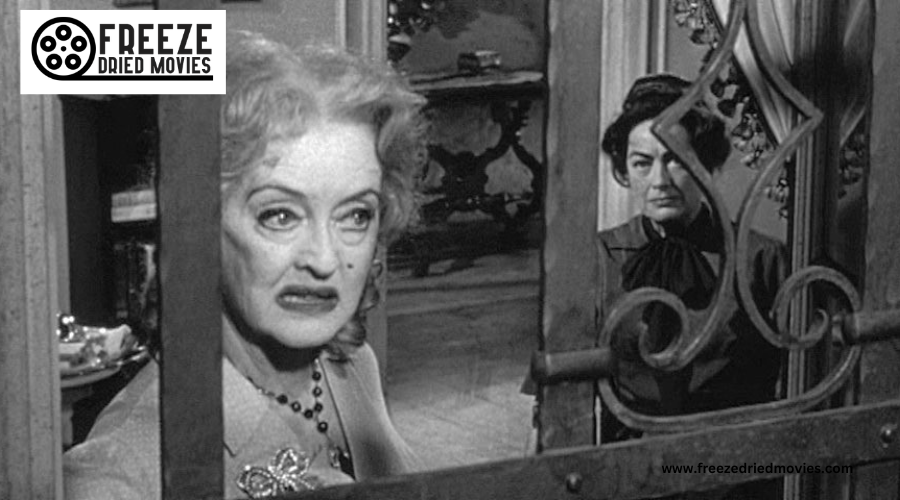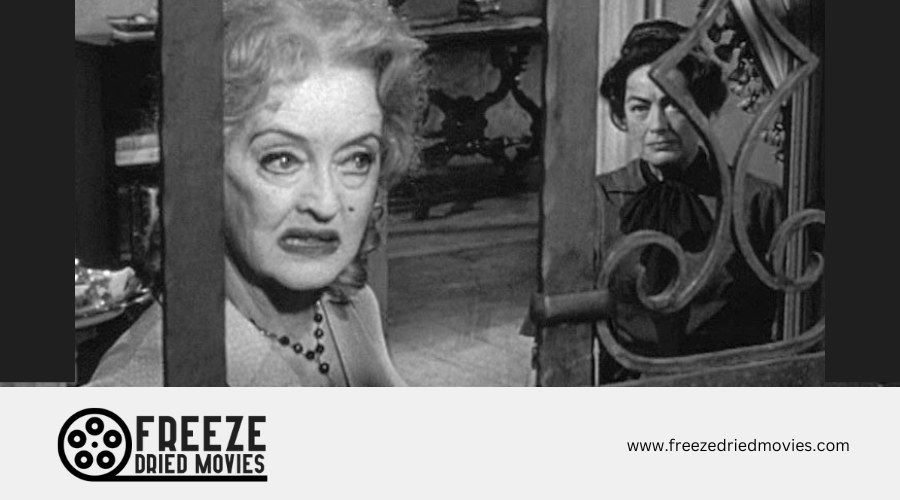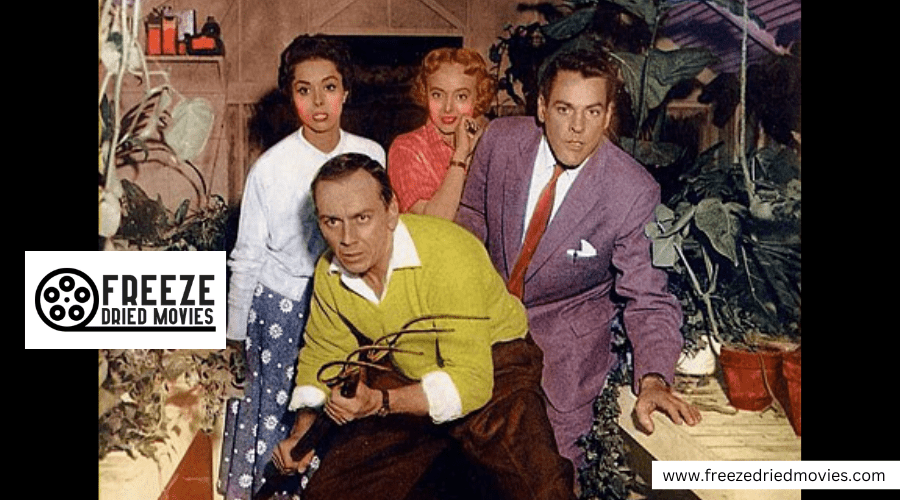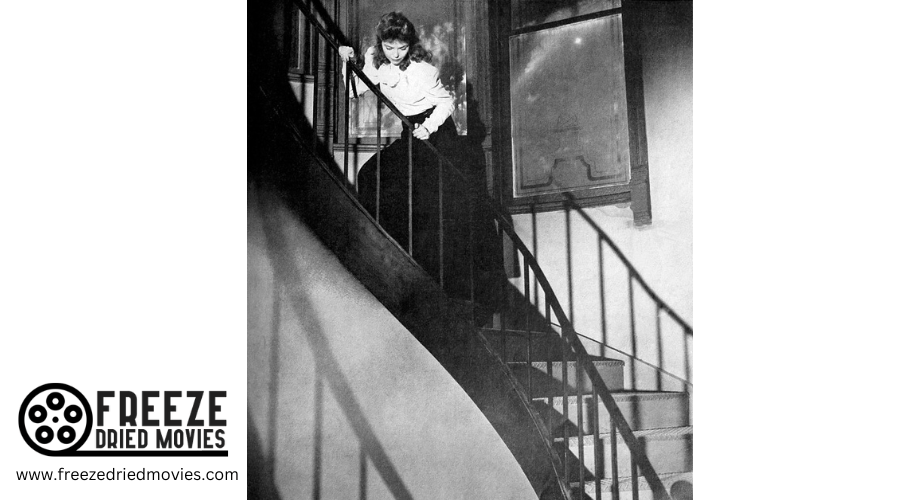Soundscapes of Fear: The Role of Music in 1960s Horror Films
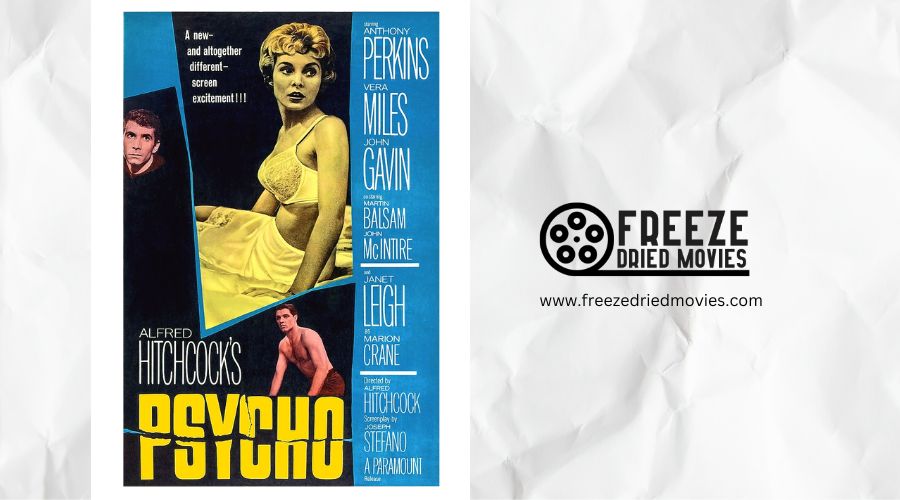
When you think of 1960s horror films, you'll find that music became a psychological weapon, revolutionizing how audiences experienced fear. Composers like Bernard Herrmann pioneered horror soundtracks, using jarring strings and minimalist patterns to trigger primal responses. The era's innovative techniques, from Hitchcock's "Psycho" to Penderecki's experimental compositions, created a new language of terror. Exploring these sonic innovations reveals how composers learned to manipulate your deepest fears.
The Hitchcock Revolution: Redefining Horror Scores
When Alfred Hitchcock collaborated with composer Bernard Herrmann in the late 1950s, they revolutionized horror film music. You'll notice their groundbreaking collaboration peaked in "Psycho" (1960), where Herrmann's iconic shower scene score uses just two notes to create unbearable tension. It's an expert-level demonstration in minimalist sound design that still influences filmmakers today.
Their partnership transformed how you experience psychological thrillers. Instead of the traditional orchestral horror scores that telegraphed scares, Herrmann's music played with your mind through jarring strings and discordant patterns. You're not just hearing background music; you're experiencing calculated psychological manipulation. The duo proved that film music doesn't need complex arrangements to terrify - sometimes the simplest compositions create the most powerful emotional impact. Each cut and musical note was carefully orchestrated to enhance audience's heart rate and create a visceral sense of unease throughout the film.
Musical Techniques That Shaped Horror Cinema
Throughout the 1960s and beyond, horror cinema developed a distinctive musical vocabulary that would forever change how audiences experience fear on screen. You'll notice how Bernard Herrmann's revolutionary work in Psycho altered horror film scores by replacing traditional silent film accompaniment with piercing string arrangements and tone clusters that mimicked human screams.
Later horror music innovations built upon these foundations. Film composers like Penderecki pushed boundaries with experimental sound effects and graphical notation for strings, while John Williams proved that unconventional instrument choices, like a high-register tuba, could create spooky sounds that became instantly recognizable.
The genre's evolution continued through the decades, from The Shining's psychological blend of classical pieces to Danny Elfman's ability to make horror music accessible to family audiences, forever cementing these techniques in cinematic history. Much like the Dutch angle shots of 1950s horror classics, these musical techniques became essential tools for heightening audience suspense and dread.

Bridging Classical and Modern Horror Compositions
The gradual fusion of classical orchestration with modern electronic elements marked a defining alteration in 1960s horror film music. You'll notice how composers like Bernard Herrmann revolutionized movie scores through his work on Psycho, using jarring string arrangements that'd make you grip your armrest tighter. The Dimitri Tiomkin compositions established groundbreaking orchestral arrangements that helped define the suspenseful atmosphere of 1950s horror.
As horror movies evolved, you'd find Krzysztof Penderecki pushing boundaries with his avant-garde compositions, creating supernatural atmospheres that'd later enhance films like The Exorcist. The modification continued through the '70s, when John Carpenter's Halloween demonstrated how synthesizers could merge with traditional horror music elements. This bridge between classical and electronic approaches didn't just change how you experience fear in film - it redefined the entire milieu of horror scoring, setting new standards that composers still reference today.
The Psychology Behind 1960s Horror Music
Music's psychological impact on horror film audiences reached new heights during the 1960s, building on the innovative fusion of classical and modern elements. You'll notice how composers manipulated sound to trigger your brain's fight-or-flight response, using specific frequencies that heighten anxiety and fear. When you watch scary movies from this era, you're experiencing carefully crafted movie scores designed to bypass your rational mind.
Horror films of the 1960s revolutionized psychological manipulation through music by employing techniques like sudden variable shifts and dissonant harmonies. These elements tap into your primal fears, making your heart race and palms sweat. Composers understood that the human brain processes certain sounds as threats, and they'd strategically place these acoustic triggers throughout their scores to maximize your emotional response to the on-screen terror.
Key Composers and Their Groundbreaking Works
Pioneering composers of the 1960s horror genre left an enduring mark on film music history, though many of their innovations extended well beyond that decade. You'll find their influence in countless horror movies today, starting with Bernard Herrmann's work for Alfred Hitchcock's Psycho.
- Composer Krzysztof Penderecki revolutionized horror music with his experimental techniques in The Exorcist and The Shining
- Composer John Williams created tension with just two notes in Jaws, proving simplicity can be terrifying
- Ennio Morricone brought atmospheric dread to The Thing with his chilling orchestrations
- John Carpenter redefined horror soundtracks with his pioneering use of synthesizers in Halloween
These seminal works transformed how you experience fear in cinema, establishing techniques still used in modern horror scores.

